VPN vs GPN: What are the differences?
22 min. read
Updated on
Read our disclosure page to find out how can you help Windows Report sustain the editorial team. Read more
Key notes
- When it comes to the difference between a VPN (Virtual Private Network) and a GPN (Gamers Private Network), you will see that they are nothing alike.
- A VPN is a great solution if you want to bypass geo-blocking and surf the web anonymously and securely, since it masks your IP and encrypts your traffic.
- A GPN relays traffic to the target server and it tunnels only real-time game communications, so it's a good option for gamers since it helps reduce latency.
- If you want to find more about how the two compare and differ, follow our review and you'll understand what purpose and features each of them has.

Although you might be tempted to think that VPNs and GPNs are similar given that their acronyms differ by only one letter, actually the two are quite dissimilar and were made for different purposes.
A VPN (virtual private network) is a service that – after you connect to one of its secure servers – routes all your internet traffic through an encrypted tunnel that no one can look into, not even your ISP (internet service provider).
In addition, it masks your ISP-provided IP and spoofs your current physical location by replacing it with a new virtual geo-location. This is done by assigning you a new IP depending on the country and specific location of the server you connect to.
Because of that, VPN services offer three great advantages to its users, namely, they secure your traffic and data, anonymize your online activities, and allow you to bypass geo-blocking.
This way, you can conduct your online sensitive businesses (e.g. online banking) in a very secure way, you shouldn’t worry anymore about third parties spying on you, and you’ll also be able to access websites, streaming services, games, apps, etc. that are not available in your country or region.
A GPN (gamers private network), on the other hand, does not provide any of the above mentioned VPN features, but it is specifically optimized for improving your online gaming experience.
What a GPN actually does is it relays your traffic as it is to the target gaming server while also prioritizing the speed between your device and that server during your online gaming sessions.
The GPN only handles online game traffic and tunnels only selected real-time game communications in order to provide you with the fastest route to the gaming servers. It does not encrypt your traffic or hide your activity, nor does it assign you a new IP to allow you circumvent geo-restrictions.
GPNs are only targeted at optimizing your online connections. By redirecting your real-time game data to an optimized path to the game server, the GPN will increase your gaming speed and help you reduce latency, ping, jitter and packet loss which often annoy you and frustrate you big time.
Furthermore, we invite you to go through our comparison/versus guide to experience more in-depth – both with written and visual examples – the differences between a VPN and a GPN so that you can easily decide what service to choose, depending on what you want to obtain.
VPN vs GPN – which is the best and for what?
VPN: best solution for geo-blocking, online anonymity and security
UI & Design
In addition to the features a VPN offers, it’s very important for the common user to be able to enjoy them and use the client without difficulty, and therefore, the user interface (UI) and design are important factors when choosing a product.
VPN services come in different versions for different devices and operating systems, and while they do vary as far as the user interface (UI) and design are concerned, they also serve their primary purpose, no matter what platform you’re using them on.
Whether you want to use a VPN on your PC, laptop, phone, tablet, TV, etc., there are software applications that you can download, install and use on most devices.
Once you installed the client on your device, you can use it right away to quickly connect to a server. When there’s no available client that you can install, you can do a manual configuration in order to use the service.
Usually, setting up a VPN on your device – especially those that come with automatic configuration – should be an easy task for most of you, as it does not require you to be any tech-savvy.
Some clients have a very easy-to-use interface, while others may sometimes give you a hard time if you want to dissect them, that is, change or configure certain settings or use some features of which you know nothing.
Anyway, we’ll get into details regarding the settings and features later. Once you understand the purpose of each feature, you’ll have no problems using your VPN regardless of whether it has a user-friendly client or not.
After you launch a VPN on your system, you’ll generally see a main window or dashboard from where you can quickly connect to a recommended or previously used server or you can go to the list of all the other available servers and pick one from there.
Then, you can go to the menu and access certain tabs such as settings, preferences, account, etc. From there you can enable or disable certain features, configure your preferred settings, etc.
It is recommended – for a smooth and hassle-free experience – that you only modify settings or enable features that you’re familiar with. Otherwise, you may experience issues with your VPN.
All of the VPN applications shown above are designed for desktop or laptop devices; the system they’re operating on does not matter that much design-wise, as the clients are pretty similar in Graphical User Interface (GUI).
There are also VPN extensions that you can add to your browser. They are pretty minimalist in design and features compared to traditional VPN applications, and can be easily used by enabling them in the browser and connecting to a server as you would normally do.
Unlike the other VPNs which route all the other traffic to and from your device through the VPN server, VPN extensions only route traffic going to and from your web browser.
Therefore, VPN extensions only apply to one single browser – the one you use them on – and all the other browsers, apps, tools, games, etc. will use a direct, unencrypted internet connection.
Furthermore, most of the VPN service providers also developed applications for mobile devices, which usually come with a user-friendly interface so anyone can set them up and use easily.
Given that so many users now prefer smartphones for their common online activities instead of laptop and desktop PCs, they can use VPNs on them either to bypass geo-restrictions or for privacy and security purposes.
VPNs for phones and tablets have a more simplistic UI compared to their PC counterparts, and while they do offer many of the general features that come with a certain plan, some of them are missing for the mobile versions.
Because of that, if you care specifically about some features and need them on your mobile device, you need to do your research in advance before purchasing a subscription so you won’t be taken aback if they lack.
The bottom line is that you shouldn’t worry anymore about what kind of device you’re using, as most of the decent VPN services existent on the market have integrations for multiple platforms.
Also, as you’ve already seen with the above examples, the VPN design and user interface are generally user-friendly with most of the services, especially if you choose a well-reputed product.
Settings & Features
Although VPN services share many features, there are others that can only be found in certain products, versions, platforms, etc.
Depending on the provider and its associated client, you can modify, enable, disable certain features and configure the VPN according to your specific needs.
Generally this can be done by accessing the settings/preferences sections as shown in the images below with different VPN clients.
Servers
VPN servers are a very important aspect to consider when choosing a VPN service since their primary function is to allow you bypass geo-blocking and online censorship in certain regions.
Top VPN providers usually offer a generous list of available servers from which you can choose to connect. The more countries, locations and servers a VPN offers, the better it is for you since you’ll have more options and your chances of accessing geo-blocked content will increase substantially.
Whether you want to access websites, stream movies, TV shows, music, play online games that are unavailable in your country or region, just go to the list of VPN servers, select one, connect to it and start surfing the web boundlessly.
Connecting to a VPN server is a very easy thing to do, and therefore, you are only a few clicks away of circumventing geo-location barriers, no matter where you’re currently physically located.
Many VPN clients have a quick connect option which allows you to connect to a recommended or previously used server.
The best advice we can give you if you’re very concerned about servers is to get a premium VPN subscription plan, as free versions only come with a small and limited number of servers available.
Encryption
Encryption plays a very important role when you use a VPN since it ensures your online security and data protection. This is particularly important when you conduct sensitive business online.
The VPN routes your internet traffic through a secure VPN tunnel, and therefore, an encrypted connection is established between you and the destination on the web. In addition to encrypting your data, the VPN also hides your IP address and location.
When your traffic is encrypted, you shouldn’t worry anymore about your data being intercepted and compromised. ISPs, governments, hackers won’t be able to read it even if they intercept it.
As such, you’ll be able to surf the web in a very secure and private way, that is, you’ll no longer be spied on by third parties and also not prone to cyberattacks.
Top VPN providers use military-grade VPN encryption such as the Advanced Encryption Standard (AES) which is the most secure and is also used by governments, militaries and top secret agencies.
Some VPNs (e.g. NordVPN) provide what is called a Double VPN or multi-hop feature that routes your traffic through two VPN servers instead of one, which leads to your data being encrypted twice.
This is a great feature since it adds an extra layer of security and privacy. Unfortunately, multi-hop is not at all common among the VPN providers, thus only a few of them have it. This might be due to the fact that the connection can become slower when traffic goes via two VPN servers.
Protocols
VPN protocols determine how your data is routed through a connection. In other words, they represent the sets of instructions and processes that VPN service providers use so that you can benefit from stable and secure client-server communications.
In fact, VPN protocols are a combination of transmission protocols and encryption standards. Some providers use more protocols than others; however, you’ll find the most common protocols with the majority of VPN services, and you’ll also be able to switch between them.
Among the major VPN protocols currently existing we have PPTP (Point-to-Point Tunneling Protocol), L2TP/IPSec (Layer 2 Tunneling Protocol), OpenVPN, SSTP (Secure Socket Tunneling Protocol), IKEv2 (Internet Key Exchange version 2), and the newer WireGuard.
OpenVPN is by far the most popular VPN protocol which is used by many VPN providers. Although you might experience slower speeds with OpenVPN, this protocol is very reliable and secure.
With OpenVPN you can also select the connection type, namely, choose between the UDP (User Datagram Protocol) and TCP (Transmission Control Protocol) communications/transmission protocols.
OpenVPN uses UDP by default since it functions best over it, so although you can choose between UDP and TCP, you should stick to the default settings unless there’s a concrete reason to not do so.
WireGuard, on the other hand, is a newer VPN protocol which is still being developed and is expected to have a better performance than OpenVPN or other protocols.
VPNs use different ports to establish a secured connection over the internet, so depending on the type of protocols a VPN uses, you can switch between different protocols for various reasons.
You may want to change port numbers in order to increase performance or unblock the connection if a certain port/protocol combination is blocked.
All in all, since protocols are important for the overall performance of a VPN, you should definitely look at what protocols a certain service offers before picking one.
Kill switch
Depending on the specific VPN service, you may find the kill switch feature under different names such as VPN kill switch/killswitch, network lock, firewall, etc.
Regardless of how it’s called, the VPN kill switch basically has the same function, namely, to automatically disconnect your device from the internet when your VPN connection drops unexpectedly. Your internet traffic will remain blocked until the VPN connection is restored.
When you enable the kill switch feature, you can rest assured that neither your IP will get accidentally exposed nor your online security and anonymity will be compromised, because all traffic entering or leaving your device will be stopped immediately.
In addition to turning the kill switch on or off, there are situations – depending on the VPN service – in which you can choose when to use the kill switch.
For example, you can use the kill switch system-wide, in which case it will block all internet traffic when the VPN connection fails, or you can use it only at the application level by specifying which applications should be blocked in case the connection to the server drops.
By providing you with these security measures, the kill switch is a great feature, so you might want to take it into account and check beforehand whether the VPN you want to choose offers it or not.
Split tunneling
When you’re connected to a VPN server, all your traffic is routed through an encrypted tunnel in order to get the maximum protection and privacy. However, with the split tunneling feature you can choose to split or divide your traffic depending on specific circumstances.
Split tunneling allows you to divide traffic by routing some of it through an encrypted VPN tunnel while the rest will be routed through a separate tunnel on the open network.
This way, you can keep part of your traffic secure and private and access foreign geo-blocked content while at the same time you can access web services from local IP addresses.
In addition to allowing you to access local and foreign networks at the same time, split tunneling is also helpful in saving bandwidth since routing all your data through the VPN uses more of it.
Of course, there’s also the risk of third parties accessing your traffic if you use split tunneling in order to exclude certain websites or apps from the protection of your VPN. Overall, we do think it’s a great feature and more VPN services should implement it.
Port forwarding
Port forwarding allows incoming internet connections to reach certain devices and applications on a private network. The private network can be made up of all the devices connected to the WiFi router or all the users connected to a VPN.

With port forwarding, internet data that is going to a specific port is then forwarded to another port. In other words, it reroutes the incoming connections so as to bypass the NAT firewall which sends those connections to the devices that requested them and also blocks unwanted incoming data.
So, if you want to remotely access your home devices from other devices, you have to set up port forwarding which allows unsolicited connections through the NAT firewall on specific ports.
Port forwarding works with VPNs as well, but many providers do not support it since it can pose security threats that might outweigh the benefits.
Although there are associated security vulnerabilities when using port forwarding, you can set it up, however, on a VPN since it will increase your torrent download speeds and it can also help you host online games with dedicated IPs.
Dedicated IPs
When you’re connected to a VPN server, you share the same IP address with other connected users. However, there are some VPN services that will allow you to get a dedicated IP address.
Unlike a shared IP, that is assigned to other users too, a dedicated IP will be available for your use only. Getting a dedicated IP may come with some advantages, depending on your needs.
For example, you can connect to remote corporate systems or private servers that only authorize a specific list of IP addresses, and you’ll also manage to avoid blacklists that can be common with shared IPs due to bad online behavior coming from other users.
In addition, when you do online banking and log in with virtual IPs from different locations, banks can treat this as a suspicious activity and you might end up with a locked account.
Obfuscation
Obfuscation – although not offered by many VPN providers – is a great feature that offers specialized VPN servers also known as obfuscated servers which conceal the fact that you’re using a VPN.
Since a VPN masks your IP and encrypts your data, no one can see what you’re doing; however, your ISP knows that you’re using a VPN based on how your data packets look.
So, when you connect to an obfuscated server, it will change your data packets and no one will realize that you’re using a VPN unless they inspect them manually.
Obfuscation can be a great solution to bypass censorship in heavily restricted countries. Some of those have a partial or complete ban on the use of VPNs, and therefore, you can circumvent the VPN blocks without taking any risks by merely connecting to an obfuscated server.
GPN: best solution for online gaming
UI & Design
GPNs are also known as ping reducers since their primary purpose is to optimize and improve the quality of your online gaming. Their purpose is pretty limited compared to VPNs in general, so their user interface and design are also minimalist.
As you can see with Outfox, it shows you a simple dashboard where you can find the games they support as well as some relevant characteristics at the bottom, such as ping, jitter, packet loss, their server and the game server.
After you play a game by connecting through a GPN server, you can see the results of your gaming session and observe how they compare with previous ones when you didn’t use a gaming VPN.
The settings area appears to be pretty bare as well. Apart from the server and account sub sections, there’s not much information that you can change or other settings that you can configure.
Outfox, for example, automatically identifies when you launch one of their supported games on your device and will do the job for you by directing you to the appropriate game server.
Wtfast, which is probably the most popular GPN, is a little bit more complex as far as its graphical user interface is concerned, because it provides some additional options and features.
Nonetheless, the client is very user-friendly, and unlike Outfox, you can launch their supported games from within if you already have them installed on your device.
The Dashboard tab allows you to go to the games list if you want to choose from there or you can QUICK CONNECT a previously played game, as seen above. Also, you can switch from the dashboard to other sections or you can access your Account Settings.
The Wtfast Settings tab shows you info regarding your account, such as subscription type, expiry date, the number of connected devices, your date of birth and avatar.
In addition, you can select your country and preferred server country. It is advisable that you pick a Wtfast server close to your location since it will help reduce latency and ping spikes. This is particularly good if you don’t know where the game server is located.
In case you know where the game server is, you should pick a GPN server that is closer to the game server. This will even better optimize and improve your online gaming experience by eliminating lag and further reducing latency, ping, and packet loss.
Unless you know where the game server is, you can ask the gaming provider for the exact location. Otherwise, if you still can’t find its actual location, you should stick to a server that is close to you.
With the Wtfast Help section you can access the knowledge base where you can find info regarding the product, request a game not listed yet, provide feedback, or contact customer support.
As you’ve already seen above, we compared here the design of two different GPN products or ping reducers, and as you can see, one is more simplistic, while the other is a little more complex.
Nonetheless, GPNs have a very user-friendly interface that allow you to quickly launch a game while connected to their servers. For the most part, they take care of everything once you select a game.
Games
GPNs usually have a list of games they support, so you can install any of those on your device and start playing at higher speeds and without lag which frustrates many gamers, and for good reason.
Some GPNs provide larger lists of supported games than others. If your favorite game is not available with a certain GPN product, just look for others, and you’ll probably find it.
Usually, a decent number of games is supported by a certain GPN, ranging from action, adventure, and role-playing to strategy, sports, etc. You can select them by category, and they will be shown in the GPN client as shown above with Wtfast GPN.
With Wtfast you can select to detect any games that you have installed on your system, and if they are supported by the GPN, they will appear under the MY GAMES section.
Once the detected supported games appear, you can pick one and launch it. With other VPNs like Outfox, there’s no need for you to do anything than merely launch the game from your system.
You can do that with Wtfast as well, but if you want to select a different server, for example, you need to use the Wtfast GPN client.
As you can see above with Counter-Strike which was launched from the Wtfast application, you have the option of selecting the game version/platform and the route. If you select an automatic route, the best one will be chosen using the GPN systems and algorithms.
Alternatively, you can choose a manual route and server by ping time. You’ll have a list with plenty of servers to choose from. As we discussed above, please beware how you choose the server (e.g. depending on the game server locations and/or your location).
After your gaming session is finished, you will be able to see the speed statistics, that is, you can notice whether there are any improvements after using the GPN to connect via its optimized servers.
From the session summary you can see the values for the lowest, average and highest ping, then for average jitter, lost packets and pink spikes. These all have to do with the quality of your online gaming session on the whole.
Furthermore, you can compare the latency (measured in milliseconds) that resulted before using the GPN and after. Also, you can see the average ping savings, if any. From these statistics, you will be able to draw a conclusion as to whether your lag reduced or your speed increased.
In many situations you are going to see considerable improvements in your overall gaming performance after using a GPN. However, in others – as shown above – the performance will be actually weaker.
This might be due to the distance between your location and that of the gaming and/or GPN servers as well as how many of them each service provides, how they are distributed, etc.
All in all, it is indeed proven that you can eliminate lag and increase your speed while playing a game connected via a GPN specialized server, and therefore, getting a GPN could be a good solution for a smoother gaming experience.
VPN vs GPN: final thoughts
As you’ve already seen, a VPN (virtual private network) and a GPN (gamers private network) aka ping reducer or gaming VPN differ to a large extent from each other and have different functions.
VPNs are a great solution for those concerned – and anyone should be – about their online privacy, anonymity, and security. When you use a powerful VPN, you shouldn’t worry anymore about ISP tracking, third-party surveillance or cyberattacks.
Moreover, with a VPN you can also bypass online censorship in very restrictive countries as well as geo-blocking in order to access websites, apps, streaming services, games, etc. not available in your country or region.
- Pros
- Anonymity via IP masking & location spoofing.
- Security & privacy via strong encryption.
- Bypass geo-blocking & online censorship.
- Avoid bandwidth throttling.
- Decent prices & easy setup.
- Cons
- Lower internet speeds due to encryption.
GPNs are a good option for the avid online gamer – and probably you’re one too – because they can significantly improve your gaming experience that very often can be affected by lag and slow speeds.
By redirecting your game data to their own gaming-optimized servers, GPNs focus only on in-game connection traffic in order to ensure the best network connection performance and prevent servers from overloading. This helps reduce ping which causes the unbearable lag.
- Pros
- Reduce lag & ping times.
- Reduce jitter & packet loss.
- Improve gaming speed & quality.
- Multiple gaming-optimized servers.
- Affordable pricing & easy-to-use interface.
- Cons
- Only a limited number of games supported.
In conclusion, given the above comparison in which we showed you how VPNs differ from GPNs, and also what kind of benefits and features each provides, we hope that you’re now more enlightened.
Depending on your specific needs and purposes, you should confidently get either of them or both for that matter, as you’ll benefit from many advantages, whether you want to surf the web freely, privately and securely, or play your favorite online games hassle-free.




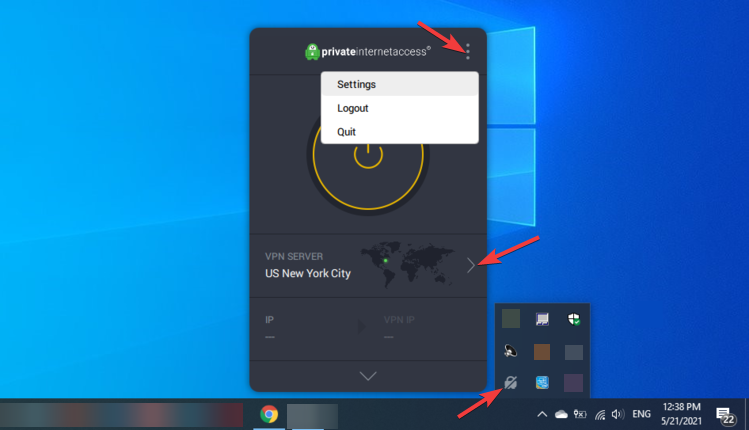

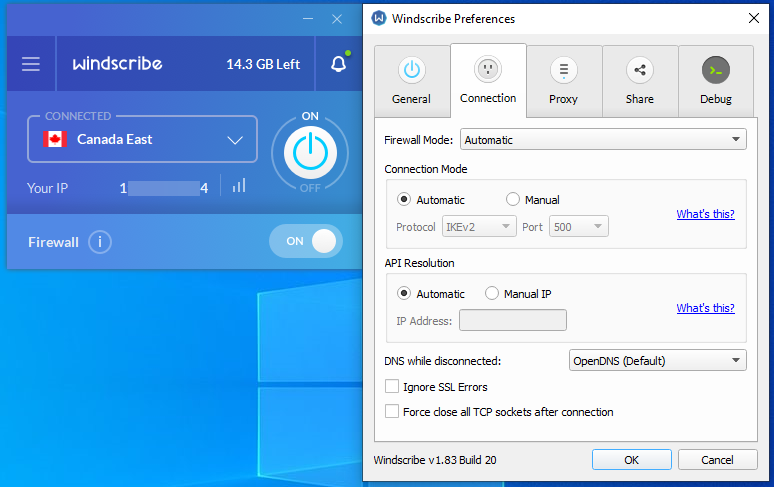
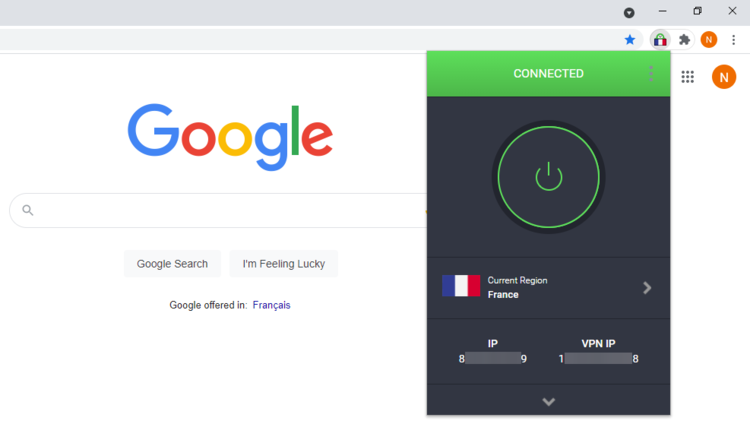
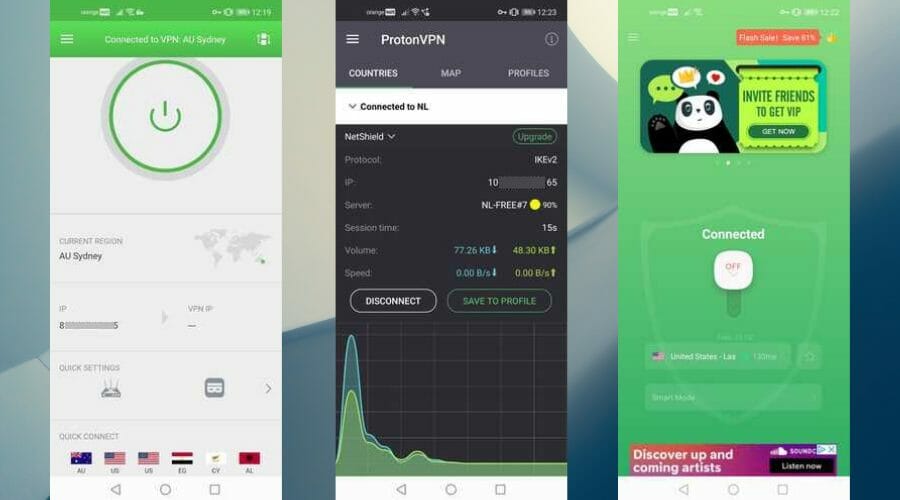
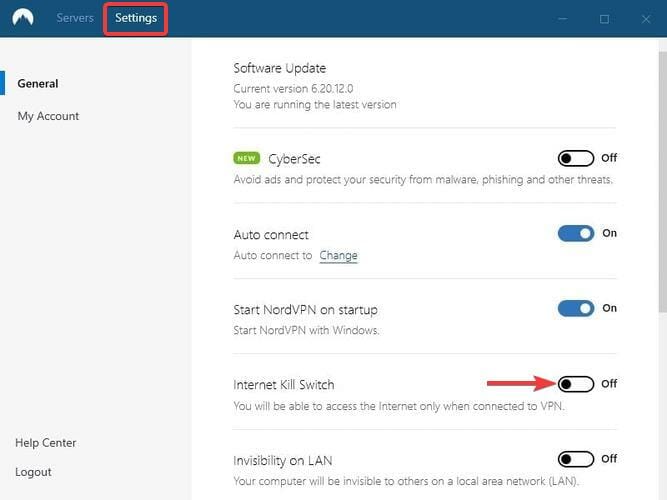




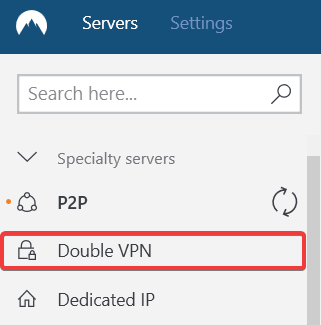


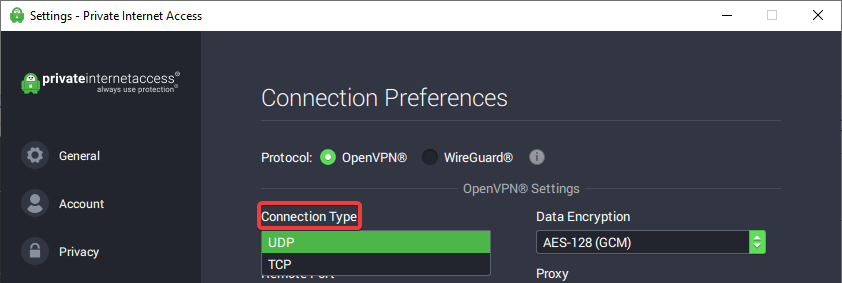

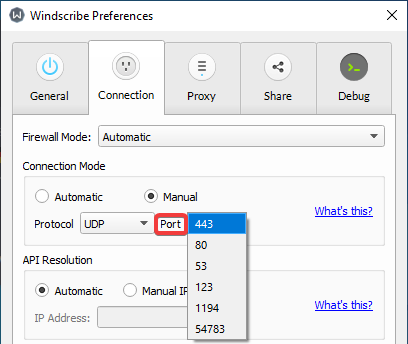

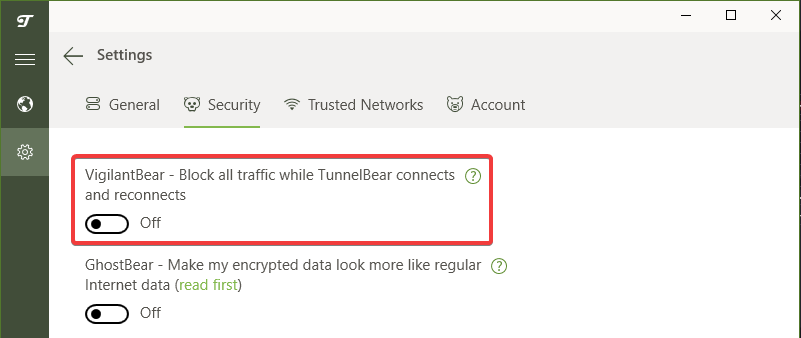
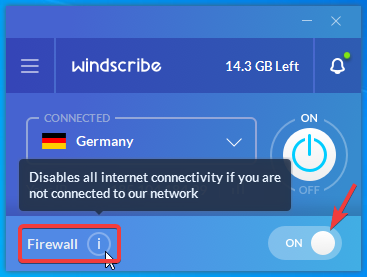

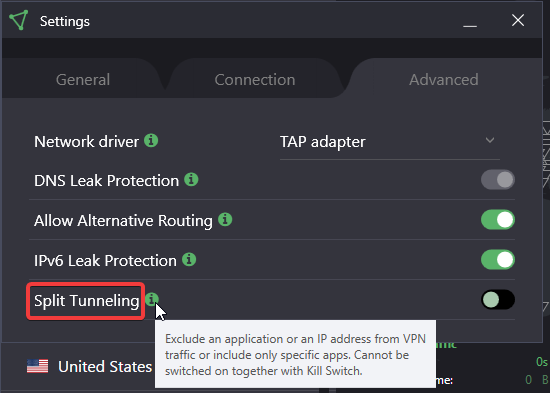

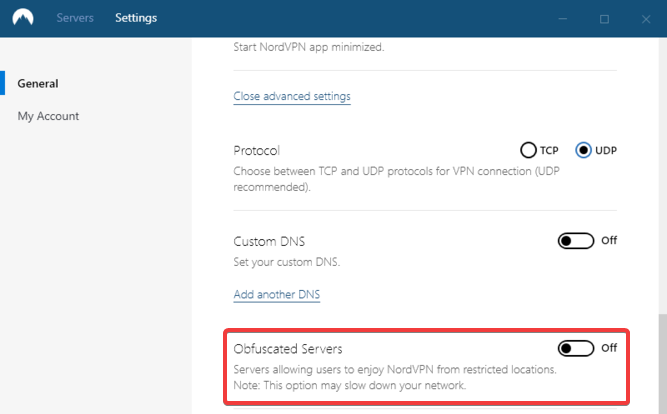

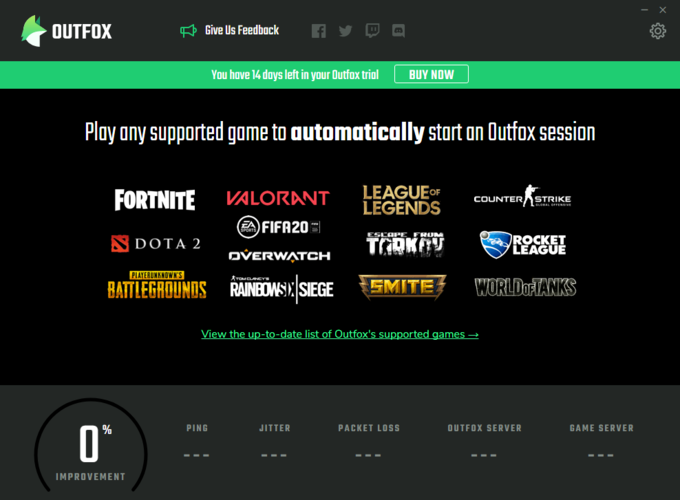

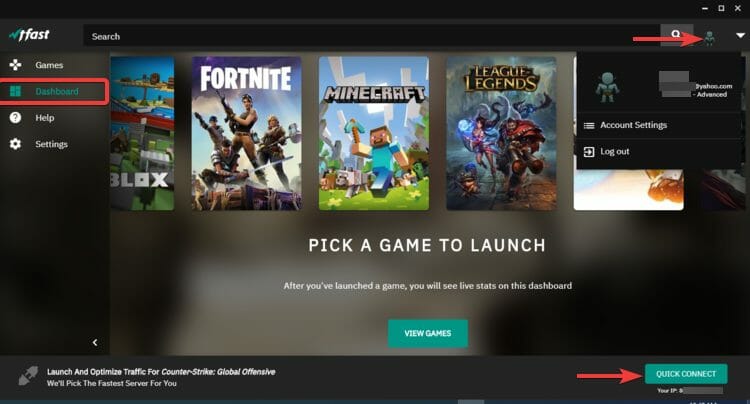

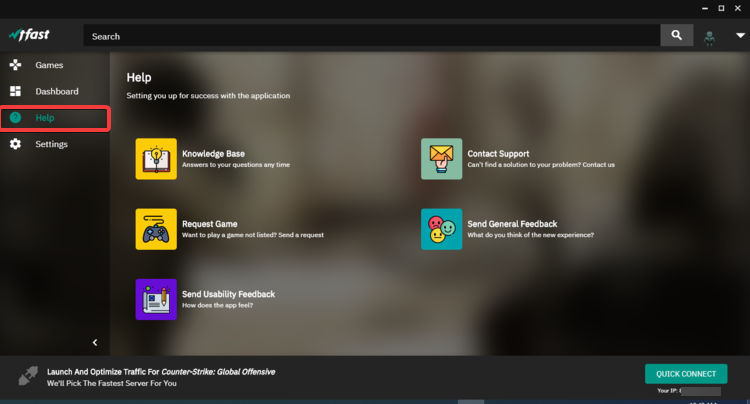
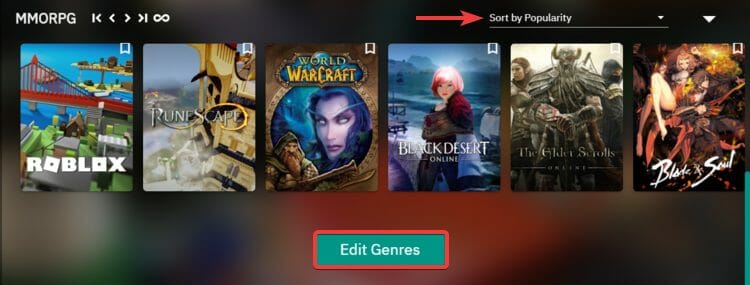


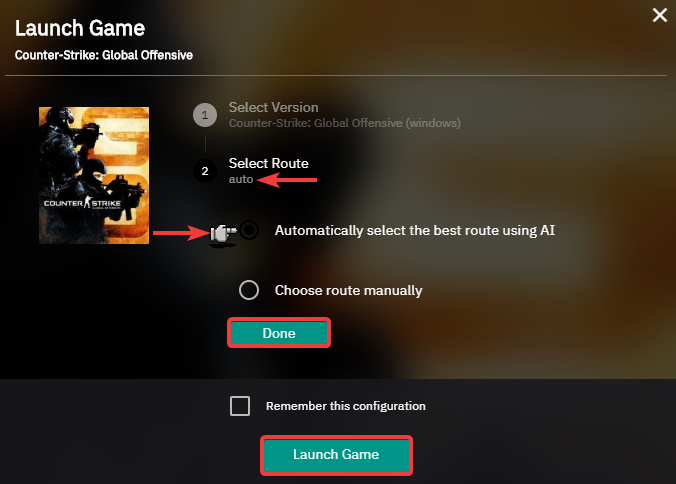

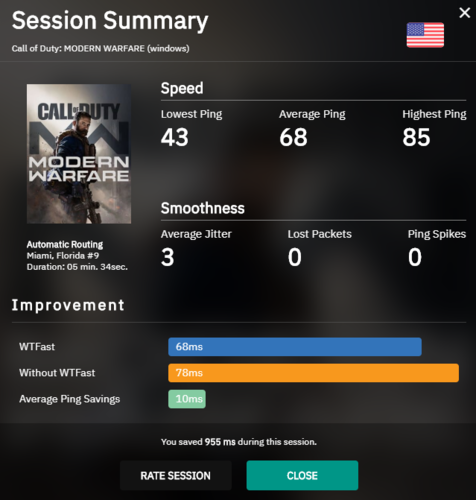
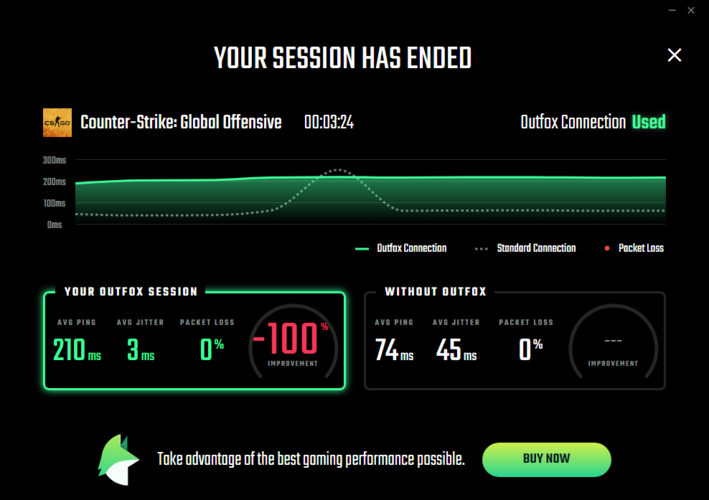
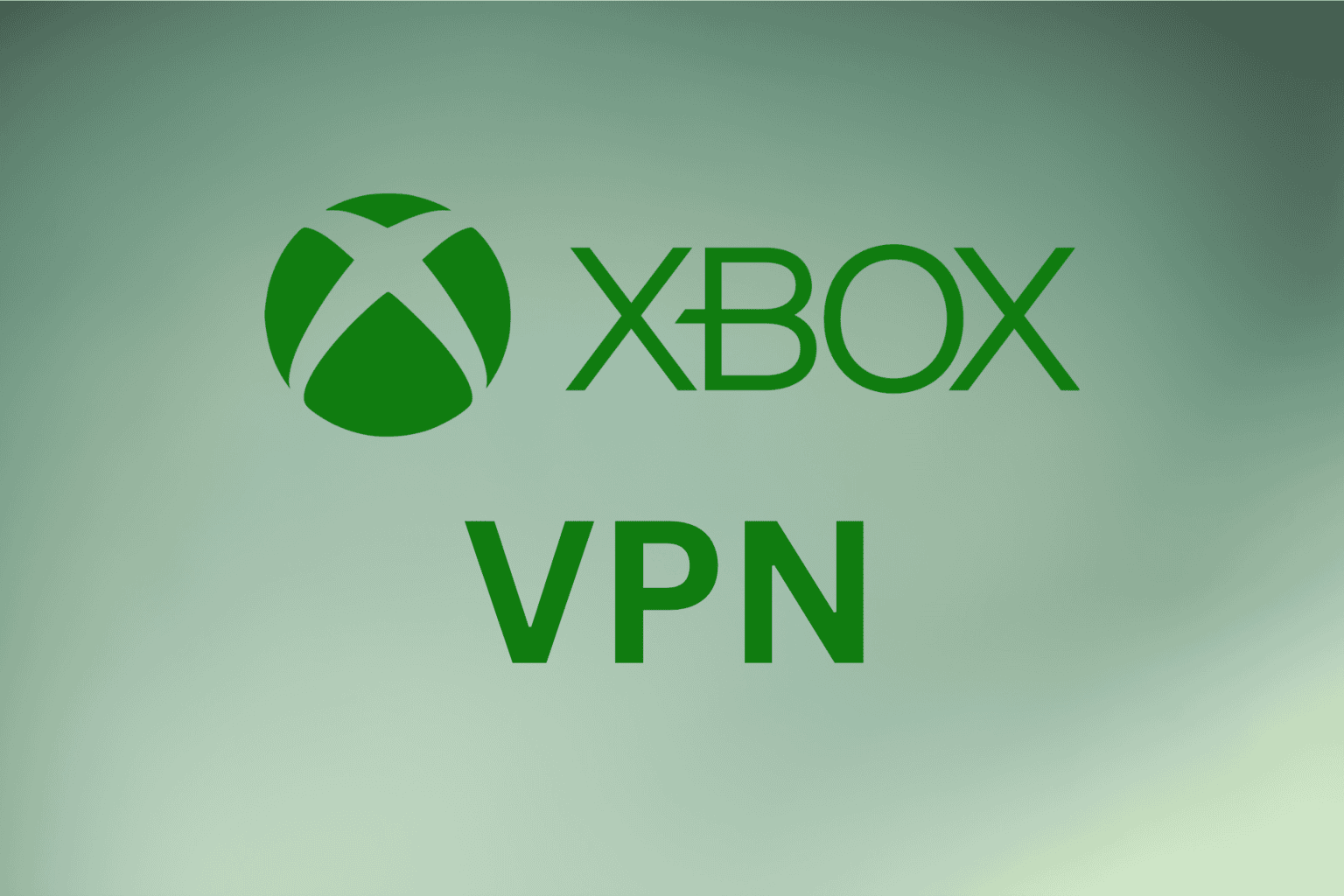
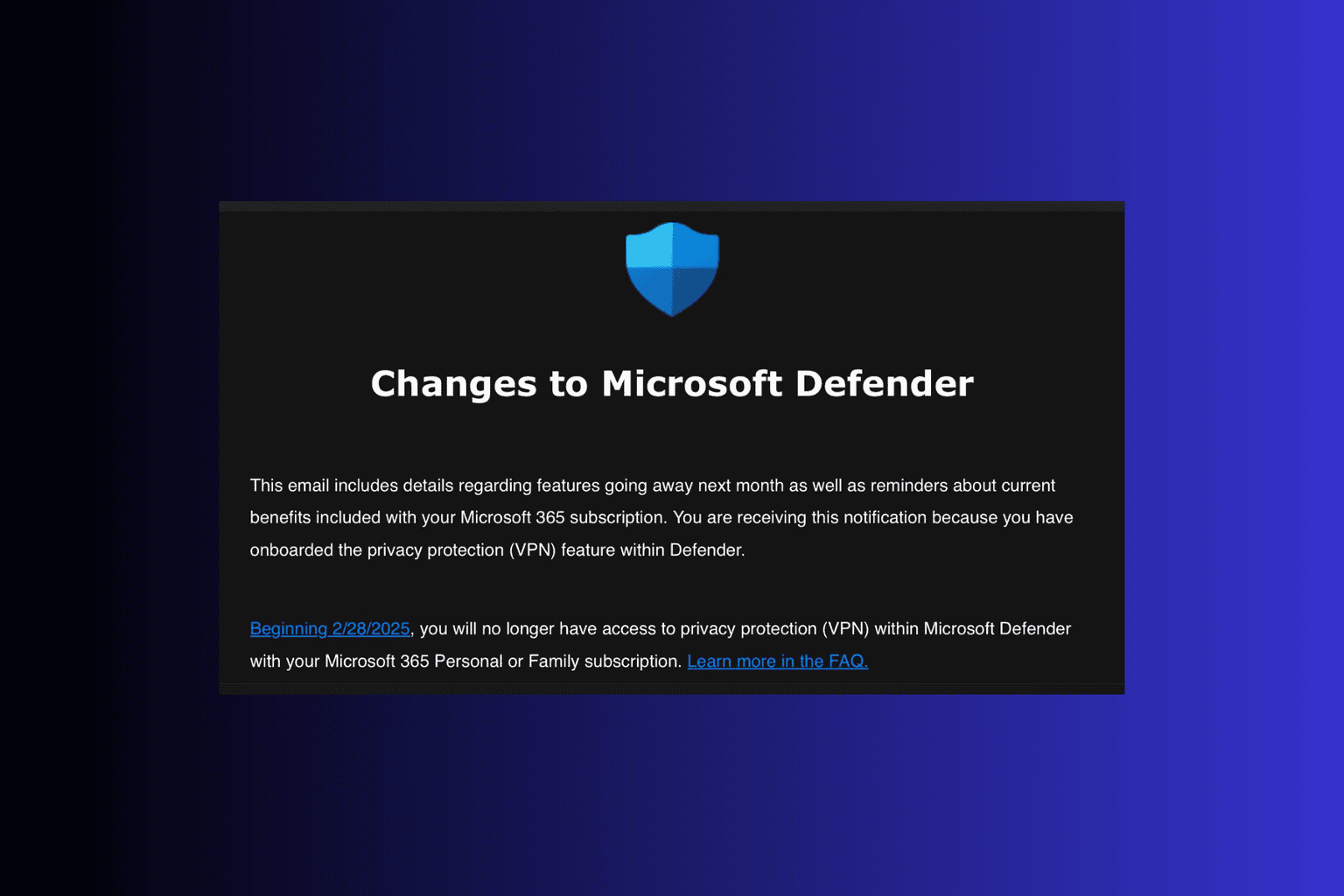


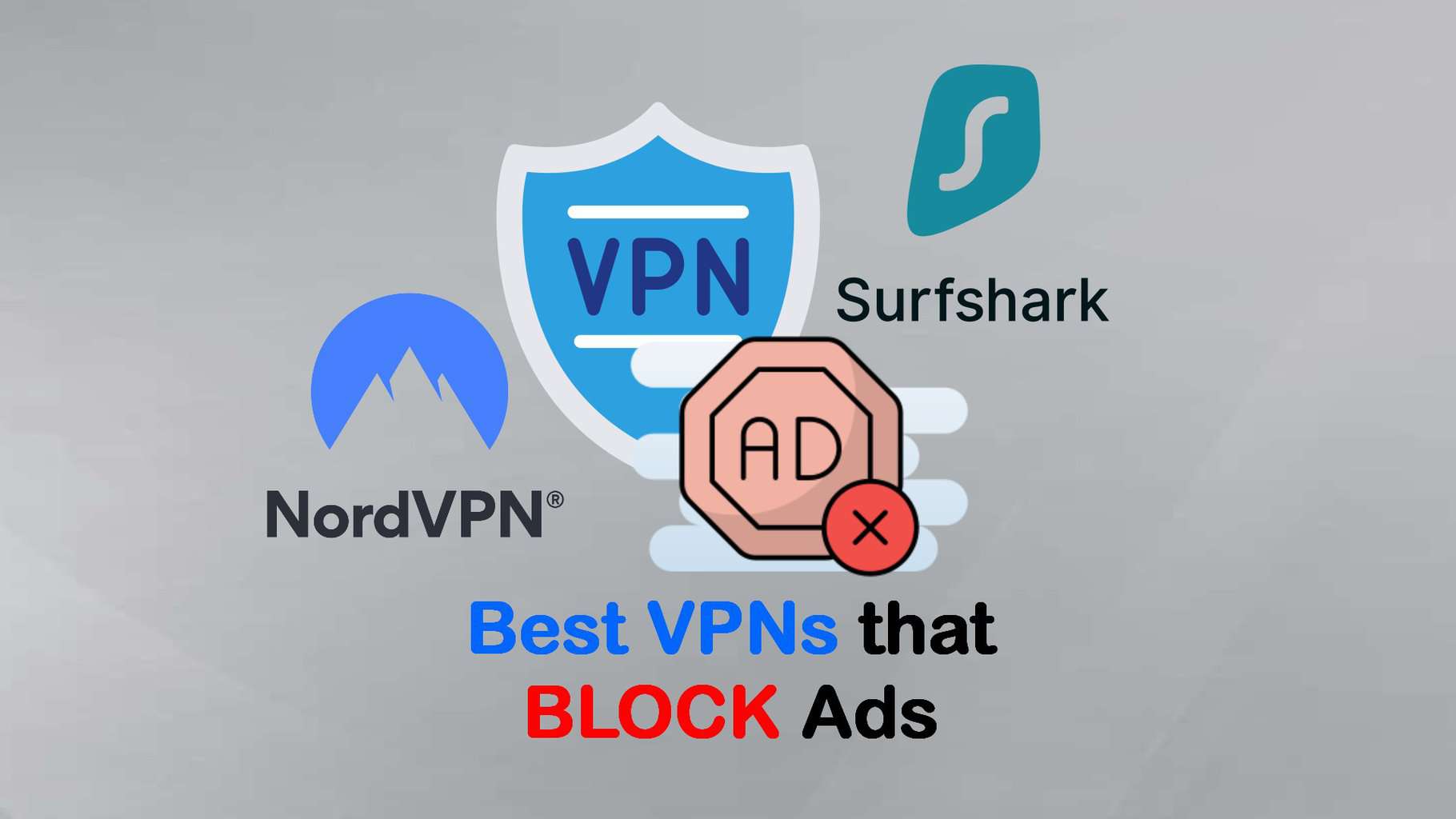
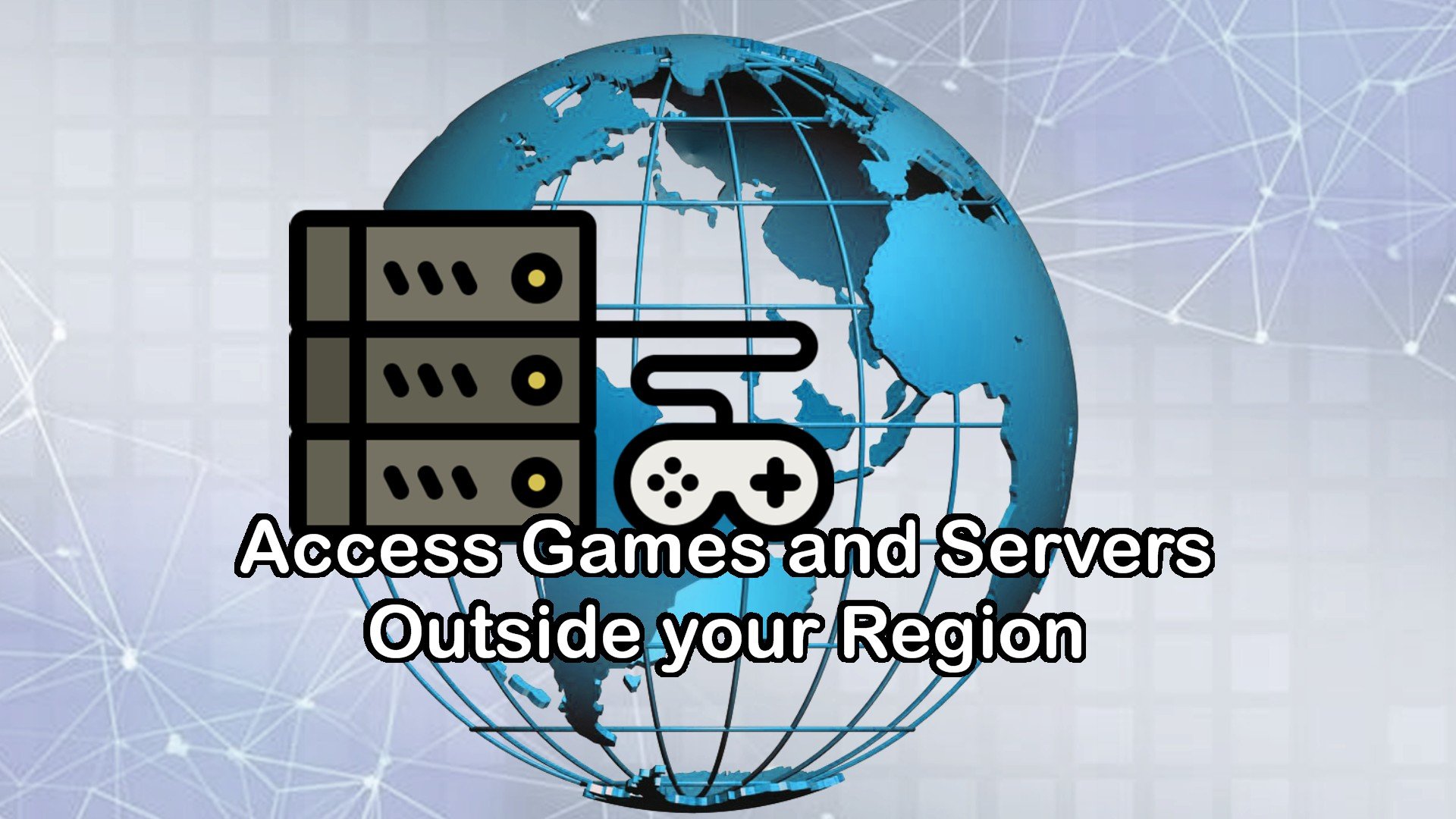

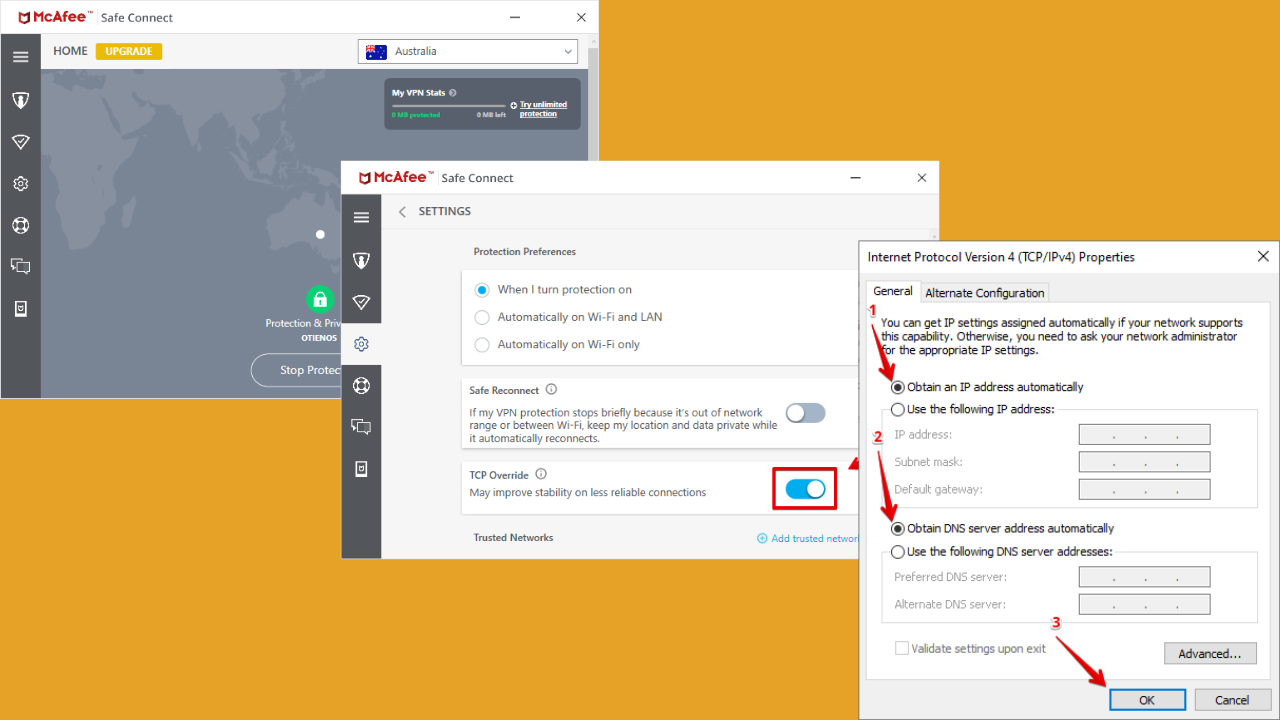
User forum
2 messages